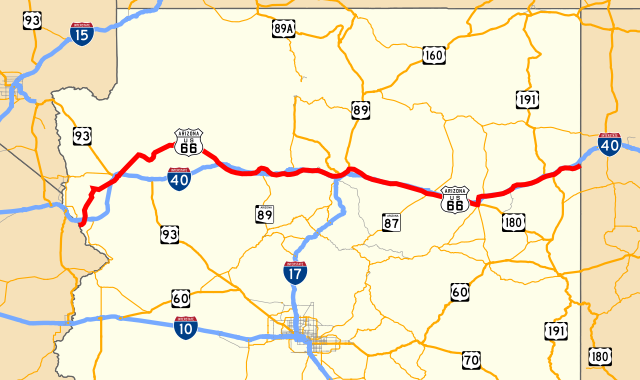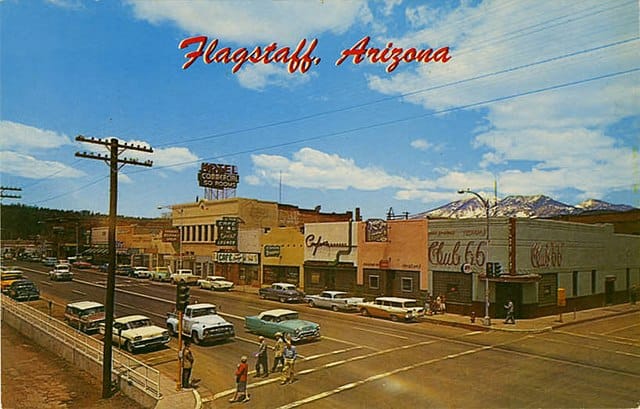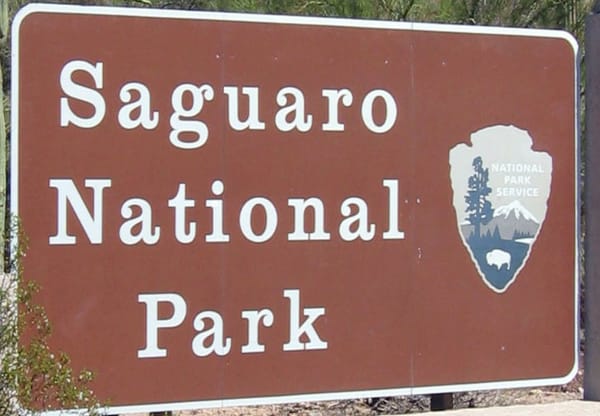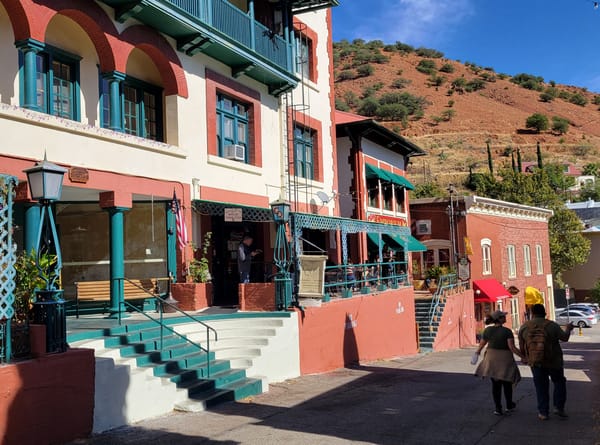The Future of Route 66 in Arizona

Route 66 is more than an old highway. It is one of the most recognizable pieces of American travel culture, and Arizona holds some of the best preserved stretches. As the centennial in 2026 approaches, communities along the road are putting major energy into protecting it, re-imagining it, and preparing it for another hundred years.
Digital Tools for a New Generation
The Arizona Office of Tourism has already launched a digital “Rock the Route” passport that encourages travelers to check in at stops across the state. It covers more than two dozen locations and spreads the love to small towns that usually get overlooked. Travelers can use their phones to earn prizes and discover new spots, making the route more interactive than ever. Future updates may expand this digital passport with new graphics, challenges, and rewards.
Technology is also bringing new layers of storytelling. Projects like Connect66 aim to build central hubs where visitors can find maps, history, business links, and cultural content. Expect more augmented reality and virtual tours to appear, giving travelers a way to see the past while standing in the present.

Restoration and Preservation
The biggest focus is saving what makes Route 66 special. Grants from state programs, nonprofits, and national preservation groups are helping restore motels, neon signs, diners, and service stations. These projects keep the authentic character alive while also creating space for new uses like galleries, cafés, and boutique lodging.
Recent examples show how much progress is already happening. Meteor City reopened with restored structures and plans for new attractions. In Flagstaff, a Route 66 Preservation Project is adding signage, public art, and rest areas. Kingman has introduced plazas, bronze statues, and audio tours. Each community is finding its own way to honor the past while preparing for modern visitors.

Centennial Momentum
The centennial of Route 66 in 2026 is more than an anniversary. It is a chance to shine a spotlight on the road and secure new recognition. Groups like the Route 66 Road Ahead Partnership are pushing for the highway to be designated as a National Historic Trail. If that happens, it could open doors to long-term federal support and resources. The National Park Service has already determined that Route 66 meets the criteria for this designation. A bill to amend the National Trails System Act and officially designate Route 66 as a National Historic Trail has been introduced in Congress. If passed, this would make Route 66 the first National Historic Trail to commemorate modern motorized traffic
The celebrations planned around 2026 are expected to draw travelers from around the world. Festivals, rallies, art fairs, and guided tours will likely become annual events, giving small towns a reliable boost in tourism and income. The challenge will be keeping this energy alive after the centennial passes.
Challenges Ahead
Preserving Route 66 is not simple. Many of the small towns along the road do not have large budgets. Even with grants, the cost of restoring neon, fixing old pavement, and keeping businesses alive is high. There is also the risk of losing authenticity if the route becomes too commercial. Visitors want the real thing, not a theme park version.
Another factor is sustainability. The highway passes through desert ecosystems and tribal lands. Protecting natural resources and working with local communities is essential. A successful future for Route 66 depends on balancing tourism with respect for culture, history, and the environment.
Looking Forward
If current efforts succeed, the Arizona stretch of Route 66 in ten years could look both familiar and refreshed. Neon signs will glow again. Restored motels and diners will welcome a new wave of travelers. Digital tools will guide visitors to lesser-known towns, spreading the economic benefits. Local voices, including tribal communities, will have a stronger role in telling the stories of the road.
The Mother Road has always been a symbol of freedom, adventure, and change. Its future in Arizona is now being written by the towns, businesses, and travelers who believe it still matters. The centennial is not just a milestone. It is the start of a new chapter.
Subscribe to Roam Arizona
Sign up to get new Arizona stories, hidden gems, and updates delivered to your inbox.
You’re officially on the trail.
Peek at your inbox (or the spam gulch) for your first map.





